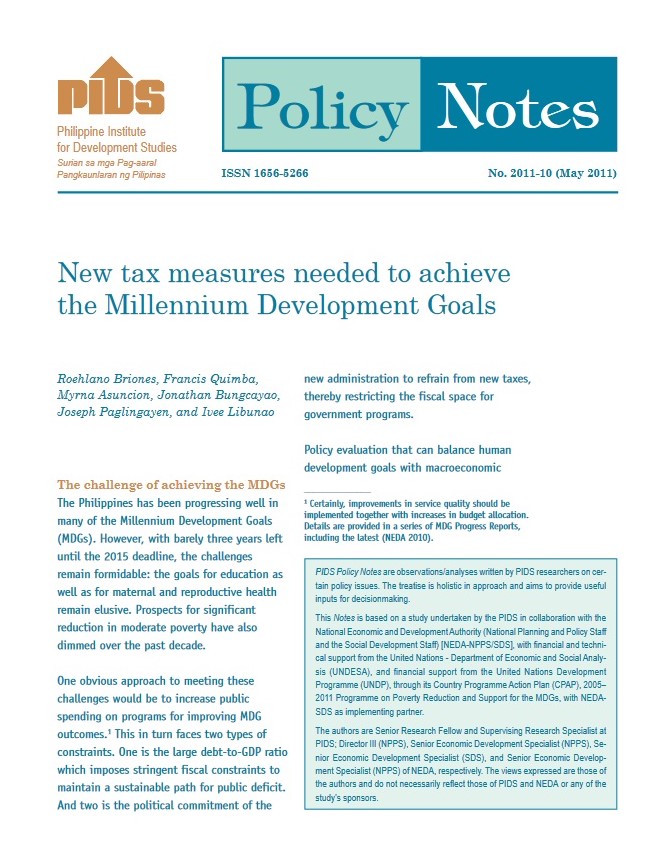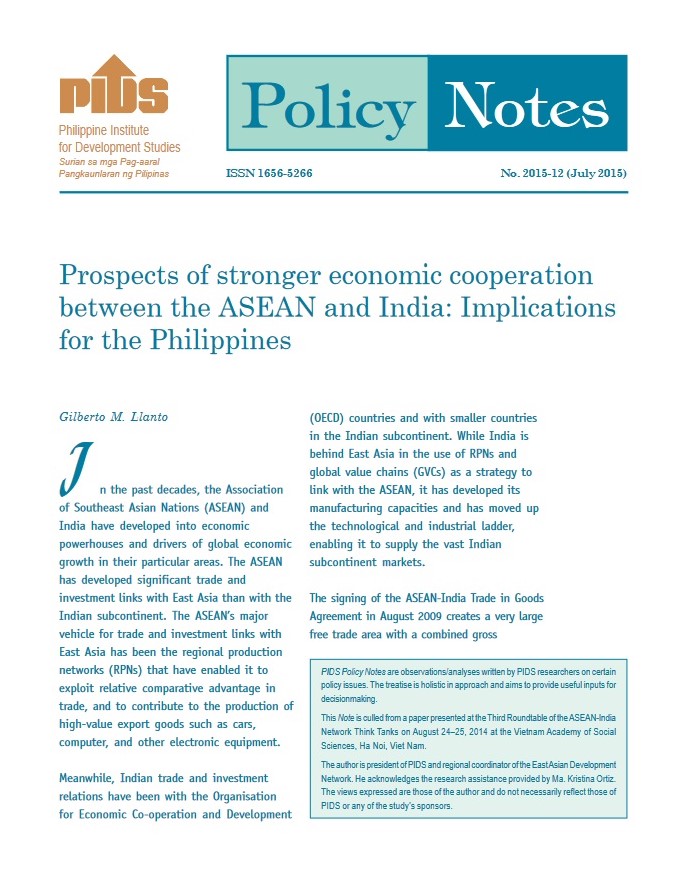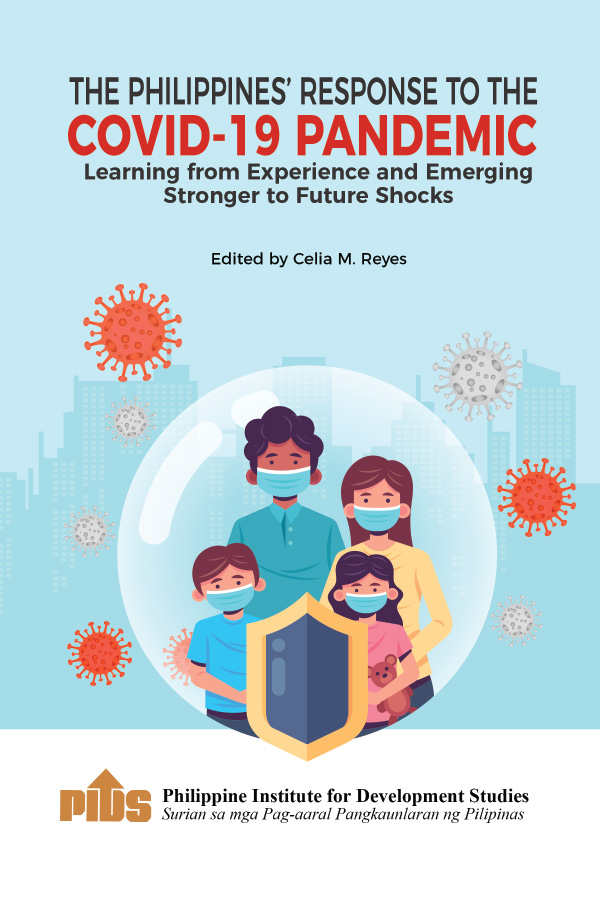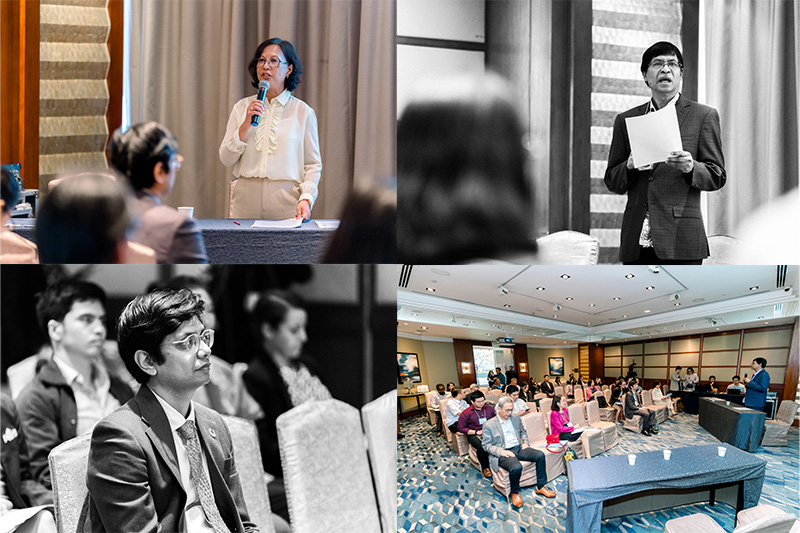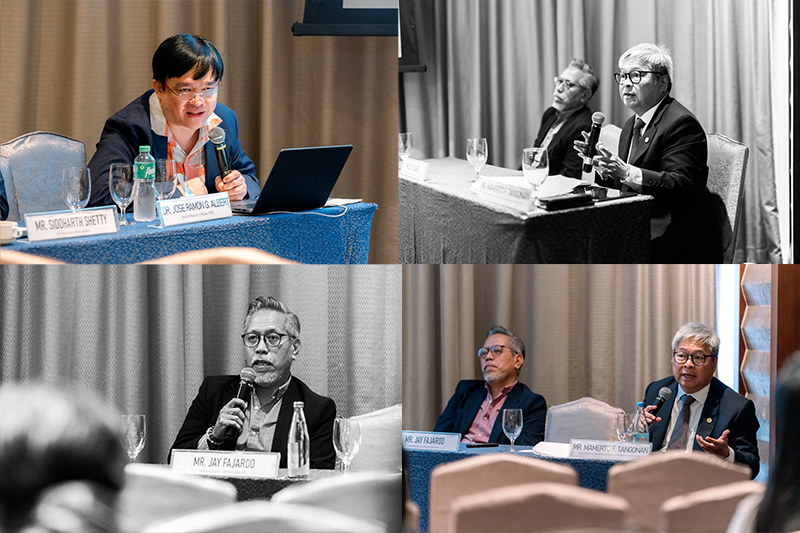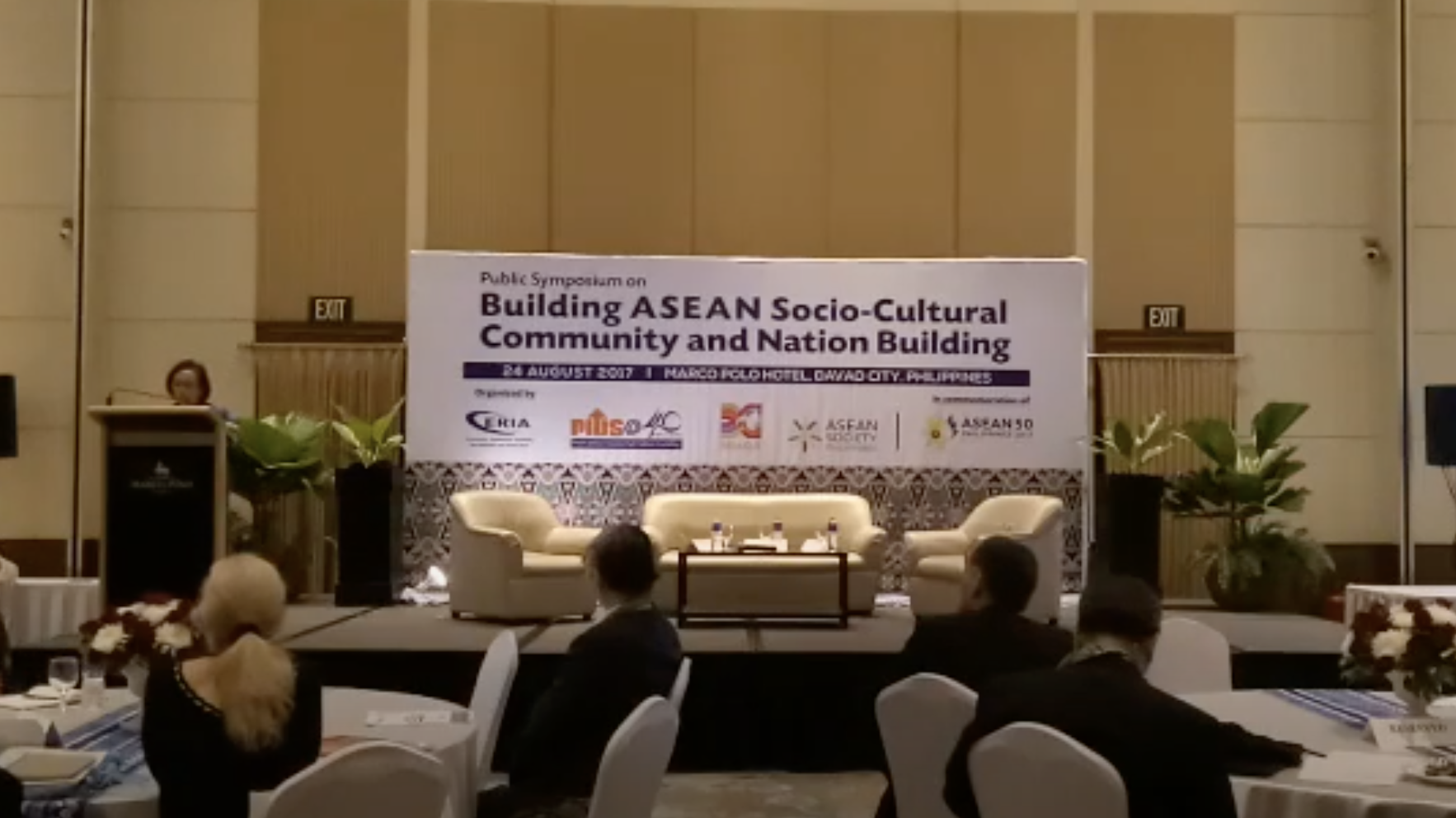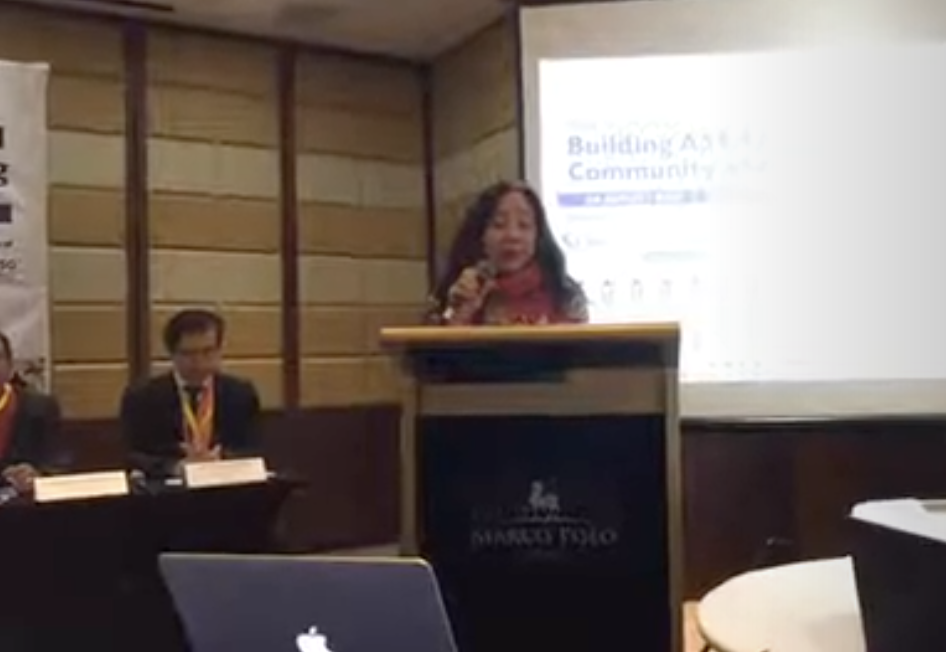THE Cebu Chamber of Commerce and Industry (CCCI) plans to strengthen its partnership with the academe this year to help prepare Cebu’s graduates for opportunities that will arise following the formal launch of the Asean Economic Community (AEC).
“We expect a lot to happen this year. Aside from the entry of cheaper goods, we expect mobility of professionals in the regional level,” said CCCI president Ma. Theresa Chan.
“This is one area where the chamber can work closely with the academe to prepare our graduates for this integration.”
Beginning this year, professionals from Asean countries can expect greater mobility to work within the region.
While experts do not foresee massive displacement of Filipino workers, they warn of a “skills challenge” that needs to be addressed through a strengthened educational system and professional regulation, a National Economic Development Authority (Neda) report said.
Mutual recognition
Chan said Cebu is in a better position to take advantage of the opportunities in Asean, especially in terms of employment, because of the quality of its talent pool.
One reason foreign companies operate here is to dip into our talent pool.
But Chan emphasized that while we enjoy this strength, continuous talent development programs should be pushed and that schools should adopt academic programs that are aligned with Asean standards.
She believes that a strong academe-industry collaboration in workforce development is still key to be globally competitive and to achieve economic gains.
Neda has explained the entry of foreign professionals is currently prohibited by Philippine laws without a special permit to practice their profession or unless allowed by a reciprocity clause.
The ASEAN Mutual Recognition Arrangements (MRAs), however, allow freer movement of professionals by standardizing regulations and procedures for employment.
So far, the Asean countries have signed MRAs for seven professions: architectural services, surveying, medical practitioners, dental practitioners, engineering services, nursing and accounting services, and tourism professionals.
A state think-tank, the Philippine Institute of Development Studies (PIDS), has warned that Filipino workers will face a “skills challenge” with the expected shifts in regional integration.
The agency noted that shortage of applicants with right competencies will be the biggest recruitment challenge for the country’s domestic workforce. It encouraged the academe and training institutions to revise their curricula to adjust to the labor demand in Southeast Asia.
The AEC officially kicked off last Dec. 31, 2015. The Asean regional bloc is expected to rival China, India and Japan. It has the world’s third largest labor force, which is relatively young. The region has over 600 million consumers.//
“We expect a lot to happen this year. Aside from the entry of cheaper goods, we expect mobility of professionals in the regional level,” said CCCI president Ma. Theresa Chan.
“This is one area where the chamber can work closely with the academe to prepare our graduates for this integration.”
Beginning this year, professionals from Asean countries can expect greater mobility to work within the region.
While experts do not foresee massive displacement of Filipino workers, they warn of a “skills challenge” that needs to be addressed through a strengthened educational system and professional regulation, a National Economic Development Authority (Neda) report said.
Mutual recognition
Chan said Cebu is in a better position to take advantage of the opportunities in Asean, especially in terms of employment, because of the quality of its talent pool.
One reason foreign companies operate here is to dip into our talent pool.
But Chan emphasized that while we enjoy this strength, continuous talent development programs should be pushed and that schools should adopt academic programs that are aligned with Asean standards.
She believes that a strong academe-industry collaboration in workforce development is still key to be globally competitive and to achieve economic gains.
Neda has explained the entry of foreign professionals is currently prohibited by Philippine laws without a special permit to practice their profession or unless allowed by a reciprocity clause.
The ASEAN Mutual Recognition Arrangements (MRAs), however, allow freer movement of professionals by standardizing regulations and procedures for employment.
So far, the Asean countries have signed MRAs for seven professions: architectural services, surveying, medical practitioners, dental practitioners, engineering services, nursing and accounting services, and tourism professionals.
A state think-tank, the Philippine Institute of Development Studies (PIDS), has warned that Filipino workers will face a “skills challenge” with the expected shifts in regional integration.
The agency noted that shortage of applicants with right competencies will be the biggest recruitment challenge for the country’s domestic workforce. It encouraged the academe and training institutions to revise their curricula to adjust to the labor demand in Southeast Asia.
The AEC officially kicked off last Dec. 31, 2015. The Asean regional bloc is expected to rival China, India and Japan. It has the world’s third largest labor force, which is relatively young. The region has over 600 million consumers.//

